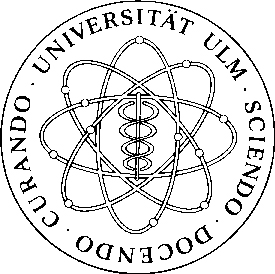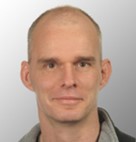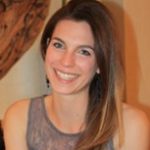
Institute of Molecular Virology, Ulm University Medical Center
Effect of human and simian immunodeficiency viruses on ILC3 function and survival
Group 3 ILCs depletion in mucosal tissues most likely plays a key role in the pathogenesis of AIDS. Our goal is to explain why HIV-1 causes mucosal damage and microbial translocation associated with chronic inflammation and AIDS, whereas some SIVs do not cause disease in their natural simian hosts. Human ILCs are most likely not main targets for HIV or SIV infection since they are not known to express high levels of CD4. Some ILCs express CCR5 and CXCR4, the main HIV-1 entry coreceptors, and some strains of primate lentiviruses are capable of CD4-independent infection. Furthermore, the chemokine receptor CXCR6 that regulates the function of intestinal ILC3s, is an important entry cofactor of HIV-2 and many SIVs. Therefore, in the Aim 1, we want to clarify whether HIVs or SIVs can directly infect and manipulate specific types of ILCs. Up to now, we have established the purification of the ILC3 from healthy tonsils using T and B cell magnetic depletion followed by sorting. Furthermore, we have performed a first promising experiment showing susceptibility of ILC3s to HIV-1 infection using a NL4.3 GFP lab adapted virus. Furthermore, and surprisingly, ILC3 tend to change phenotype once in culture over 48h. This point needs to be clearly elucidated in order to perform cutting edge experiments.
Recent data suggest that CD4+ T cells regulate the function of barrier protective intestinal IL-22-producing ILC3s. Human ILC3s also express MHC-II and directly interact with CD4+ T cells. Thus, conventional CD4+ T cells might regulate the activity and fate of ILCs via TCR-CD3/MHC-II dependent interactions. One question is whether differences in viral properties, such as TCR-CD3 downmodulation and/or induction of death receptors, interferons and inflammatory cytokines, have differential effects on the activity and fate of ILCs. This question will be answered in Aim 2, in which we will determine whether the differential modulation of TCR-CD3 or other receptors affects the function and survival of ILCs.
A recent study suggests that HIV-1 dependent induction of type I IFN production by pDCs might induce FAS expression on intestinal ILC3s to mediate their depletion. However, high levels of type I IFNs are also induced in acute non-pathogenic SIV infection. Furthermore, studies in the macaque model suggest that apoptosis of ILC3s is induced by microbial products. Thus, the mechanisms underlying the rapid depletion of ILC3s in acute HIV and SIV infection remain to be fully defined. In aim 3 we will elucidate whether the induction of IFNs and other inflammatory cytokines by HIV-1 and SIV in immune cells affects ILC activity.
We expect our studies to provide new insights into the mechanisms evolved by HIV-1 and other primate lentiviruses to evade and counteract ILCs. The results might help to develop strategies to maintain ILC function in mucosal tissues and hence to prevent the induction of chronic inflammation that plays a key role in the pathogenesis of HIV/AIDS.



Publications
Joas S, Parrish EH, Gnanadurai CW, Lump E, Stürzel CM, Parrish NF, Learn GH, Sauermann U, Neumann B, Rensing KM, Fuchs D, Billingsley JM, Bosinger SE, Silvestri G, Apetrei C, Huot N, Garcia-Tellez T, Müller-Trutwin M, Hotter D, Sauter D, Stahl-Hennig C, Hahn BH, Kirchhoff F. (2018). Species-specific host factors rather than virus-intrinsic virulence determine primate lentiviral pathogenicity. Nat Commun. 9:1371.
Palesch D, Bosinger SE, Tharp GK, Vanderford TH, Paiardini M, Chahroudi A, Johnson ZP, Kirchhoff F, Hahn BH, Norgren RB, Patel NB, Sodora DL, Dawoud RA, Stewart CB, Seepo SM, Harris RA, Liu Y, Raveendran M, Han Y, English A, Thomas GWC, Hahn MW, Pipes L, Mason CE, Muzny DM, Gibbs RA, Sauter D, Worley K, Rogers J, Silvestri G. (2018). Sooty mangabey genome sequence provides insight into AIDS resistance in a natural SIV host. Nature 553:77-81.